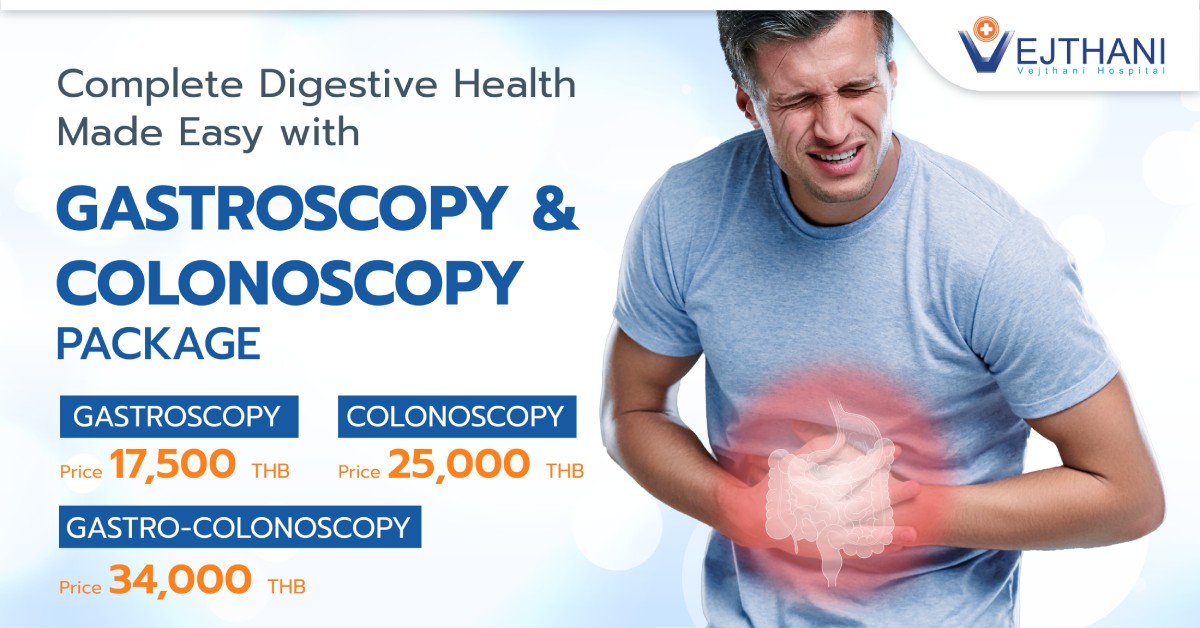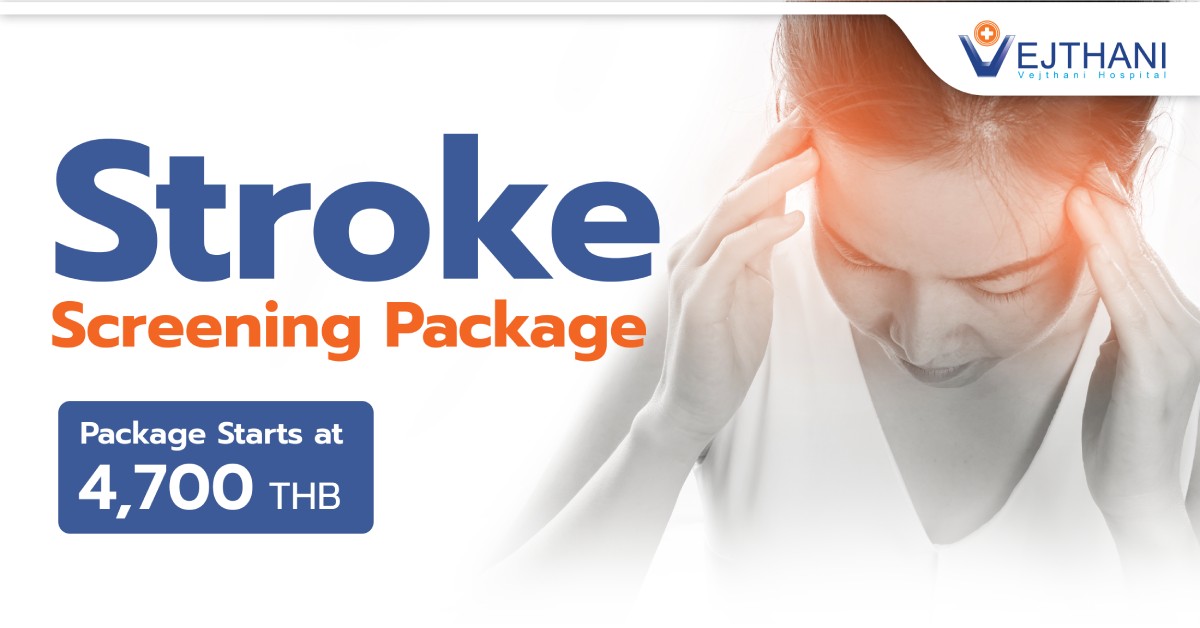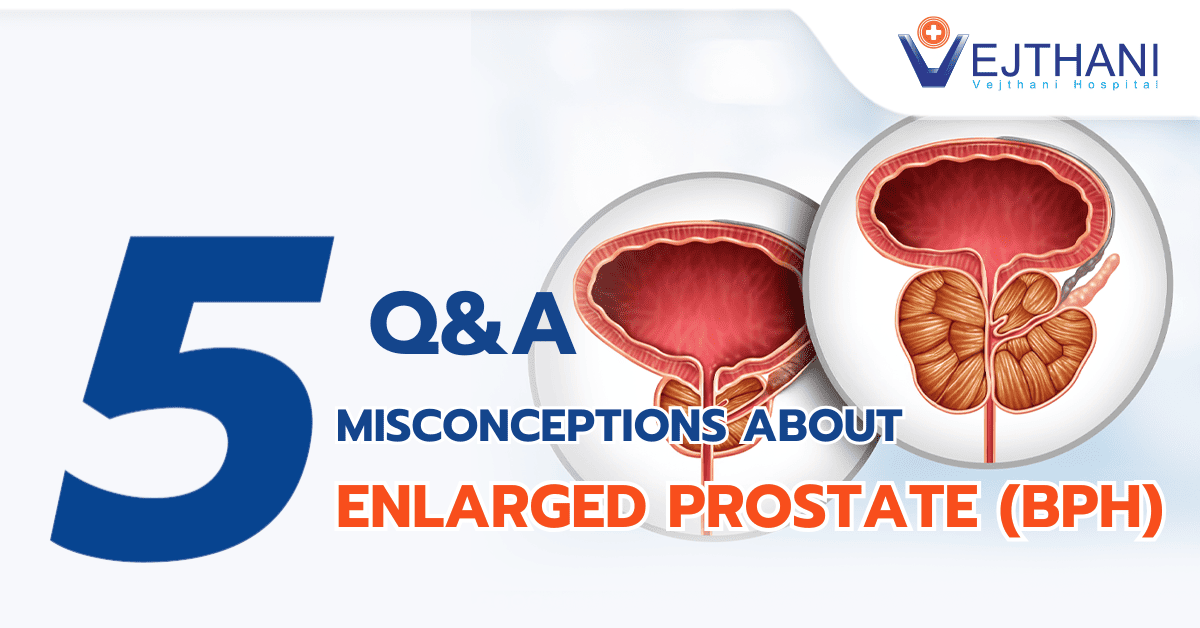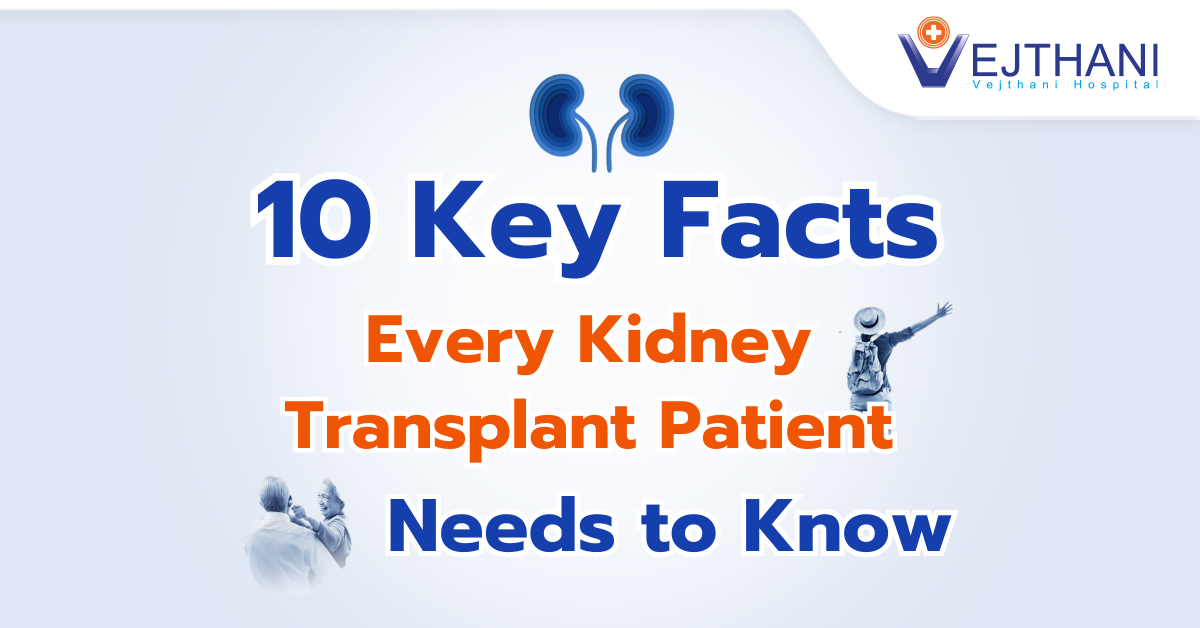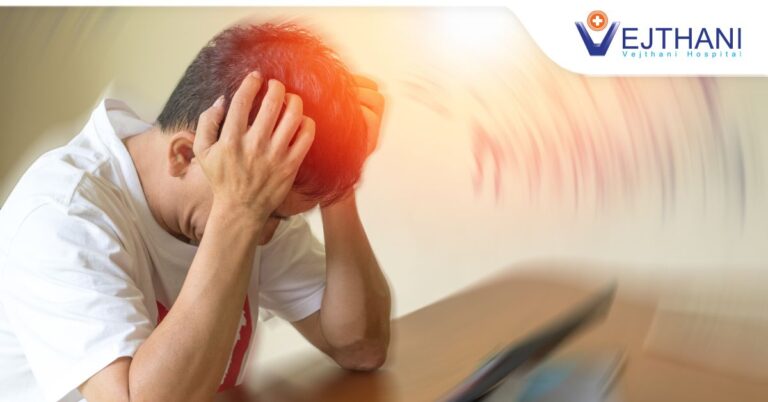
Endoscopic submucosal dissection
Overview
Endoscopic submucosal dissection is a minimally invasive procedure used to remove abnormal tissue from the gastrointestinal (GI) tract. It involves the use of an endoscope—a flexible tube equipped with a camera—guided by a gastroenterologist, a specialist in GI diseases. Depending on the location, the endoscope is inserted through either the mouth or anus, allowing surgical tools to remove the abnormal tissue without the need for incisions. This approach promotes quicker recovery and reduced discomfort compared to traditional open surgery.
Reasons for undergoing the procedure
Endoscopic submucosal dissection is commonly performed to remove precancerous or cancerous growths (such as lesions, polyps, or tumors) from your digestive tract. This procedure is typically used to treat:
- Esophageal cancer.
- Stomach cancer.
- Small intestine cancer, including duodenal cancer.
- Colorectal cancer.
- Barrett’s esophagus, which can result in lesions that are precancerous.
Risks
After undergoing endoscopic submucosal dissection, you may experience mild to moderate side effects for a day or two, depending on the treated area:
- Sore throat
- Nausea or vomiting
- Gas pain and increased gas production
- Bloating
- Cramping
It’s normal to notice a small amount of blood in your stool, which typically resolves within a day or two. However, if you experience rectal bleeding or persistent blood in your stool more than 24 hours after the procedure, it’s important to contact your gastroenterologist immediately.
Complications from endoscopic submucosal dissection, although rare, can include:
- Bleeding
- Gastrointestinal perforation
- Esophageal scarring leading to esophageal strictures
Before the procedure
You will receive detailed instructions to prepare for endoscopic submucosal dissection. If your gastroenterologist is treating your upper GI tract (esophagus, stomach, or small intestine), you will need to fast for several hours before the procedure. If the treatment involves your lower GI tract (large intestine, including the rectum and colon), you may need to complete a bowel preparation.
Bowel preparation involves taking laxatives to empty your colon, allowing your gastroenterologist a clear view of your colon and rectum.
During the procedure
During endoscopic submucosal dissection, you may undergo general anesthesia to induce sleep or monitored anesthesia care to ensure comfort and relaxation. Here’s what typically happens during the procedure:
- The endoscope is inserted through either the mouth (for upper GI procedures) or the anus (for lower GI procedures).
- The gastroenterologist guides the endoscope towards the abnormal growth.
- An instrument is passed through the endoscope to locate the precise position of the tumor.
- A special fluid is injected beneath the tumor to lift it away from surrounding tissue.
- The tumor is then carefully removed using a high-frequency electrical knife.
Endoscopic submucosal dissection typically takes one to three hours to complete.
After the procedure
Your gastroenterologist will send a sample of the abnormal tissue to a laboratory, where a pathologist (a doctor specializing in the study of body tissues) will analyze it for signs of disease.
After the procedure, you will be moved to a recovery room until the anesthesia wears off. You may be able to go home the same day or you might need to stay in the hospital overnight. Since it can take up to 24 hours for the anesthesia to fully wear off, you will need someone to drive you home.
Outcome
Most individuals can typically return to work around five days after undergoing endoscopic submucosal dissection. If your job involves physical exertion, you may need additional recovery time. It’s common to experience irregular bowel movements for about a week following the procedure.
Endoscopic submucosal dissection is highly effective, with studies showing that tumors regrow in only about 1% of individuals who undergo this procedure.
Following the procedure, you will likely schedule a follow-up appointment with your gastroenterologist approximately two weeks later. During this visit, your gastroenterologist will review your results and determine if further treatment is necessary.
Contact Information
service@vejthani.com













